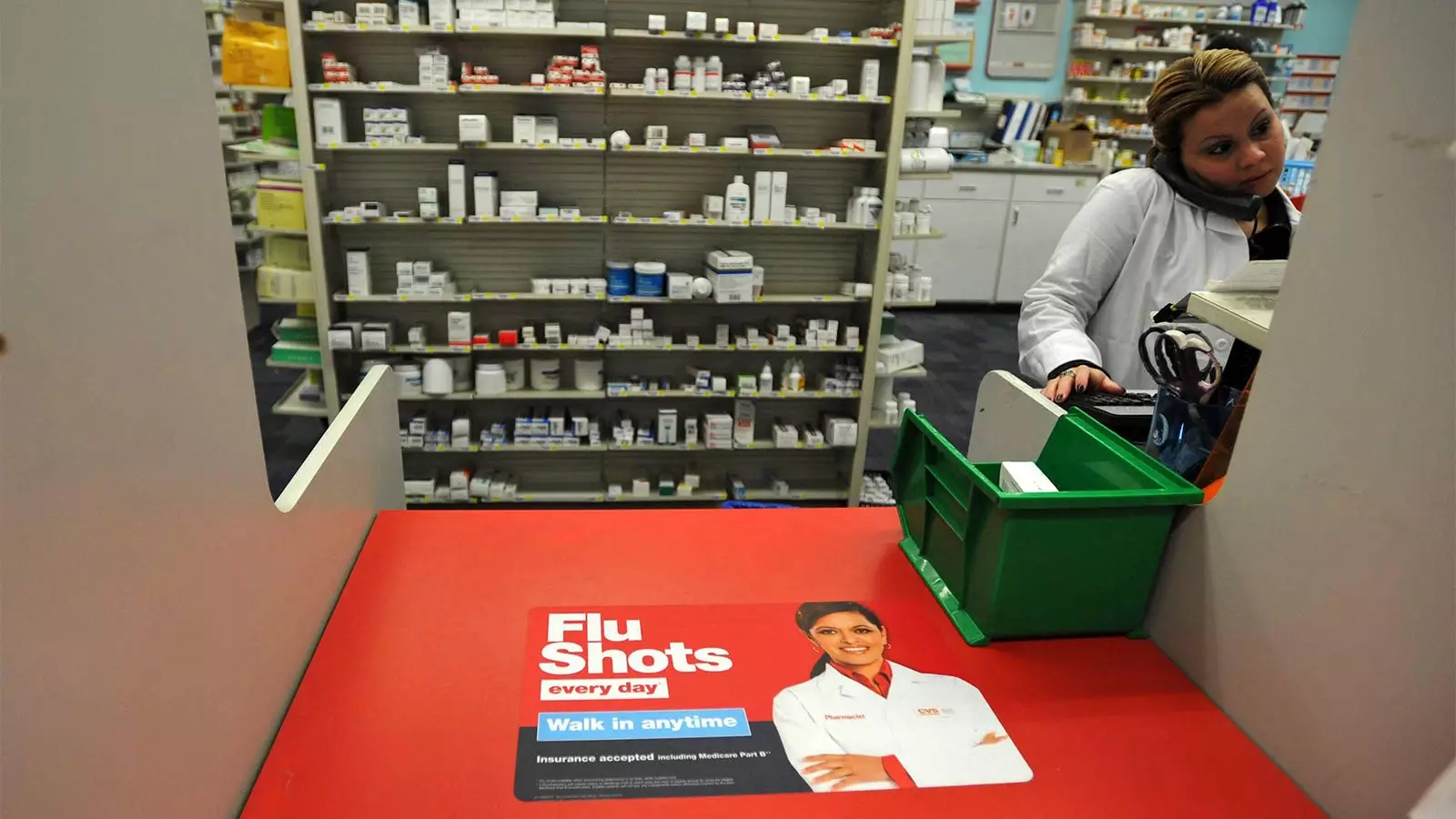The summer of 2016 serves as a poignant chapter in my journey through pharmacy school. As a student intern, the daily grind began before dawn at 7:45 a.m., culminating after the pharmacy doors closed at 9 p.m. This grueling routine translated to shifts upwards of 13 hours, predominately spent on my feet—an exhausting norm shared by my colleagues and me. Lunch breaks were an elusive luxury; we pushed through the days, emotionally and physically drained, barely able to hold a coherent conversation by the time we began our commutes home.
This relentless pace is an unfortunate reality for many working in retail pharmacy. We are entrusted not only with dispensing medications but also with engaging in critical consultations about patient health—an environment where fatigue could easily lead to catastrophic mistakes. Considering the stakes, one might ponder whether they would prefer to be advised or treated by an exhausted professional at the tail end of an arduous shift.
However, as I reflect on my tenure in the pharmacy field over the past decade—from technician to researcher—a tidal wave of change has begun to reshape this challenging landscape. October marks the 20th anniversary of American Pharmacists Month, prompting a collective assessment of how conditions have transformed. Frontline staff, management, research initiatives, and organized labor movements are making strides toward improving the often-overlooked working conditions within the pharmacy realm.
Recent developments show corporations taking significant strides by implementing mandatory lunch breaks, which were previously a rarity, and mending the reliance on speed and volume metrics that frequently compromise the quality of care. Legislative action is also gaining momentum as state governments enact statutes to define minimum working conditions—a stride toward the safety and well-being of pharmacy professionals. The increasing collaboration among professional organizations, advocating for these changes, reflects a burgeoning awareness of the importance of supporting those who navigate this demanding field.
Delving deeper into my research, I focus on the pressing issue of pharmacy fatigue, a critical concern impacting both staff welfare and patient safety. Lessons learned from other demanding professions—such as surgery and nursing—underline a sobering reality: fatigued professionals are prone to errors. Despite our training and experience, pharmacists are human, and the pervasive myth of invulnerability only serves to mask the risks associated with exhaustion.
Engaging with pharmacists and pharmacy technicians during my research has revealed a profound insight: their passion for patient care often outweighs the burdens they face. Many find joy in interactions with patients—be it administering clinical consultations, pushing forward with vaccination initiatives, or simply providing friendly dialogue. Yet, those moments of satisfaction are shadowed by stressors that accompany the healthcare retail setting, such as high patient volumes and the potential for aggressive behavior from frustrated customers.
A particularly striking account comes from a pharmacist who recounted the chaos following the implementation of mandatory lunch breaks. Despite their necessity for self-care, the implementation sparked backlash, evidenced by angry customers demanding immediate service—highlighting a disconnect between corporate policies aimed at safeguarding worker health and the expectations of service from the public.
The healthcare landscape is fraught with frustration on both ends of the system. As pharmacists are increasingly accessible—with 89% of Americans residing within five miles of a pharmacy—the rush to obtain care must not compromise safety. Quick service is paramount in a society that values speed, yet it must not overshadow the critical need for thoroughness and care in medication dispensing.
As an advocate for change, I urge all stakeholders—patients, policymakers, pharmacy management, and medical staff—to appreciate the immense value of both safety and quality care delivered at community pharmacies. For prescribers and other healthcare workers, I recommend utilizing electronic communications like e-prescriptions to streamline workflows and minimize confusion. Allowing ample time for prescription fills, particularly for new medications, can ensure patients aren’t left stranded.
Moreover, acknowledging the frustrations of prescribers regarding wait times or communication mishaps isn’t merely courteous; it is important for fostering the collaboration so critically needed in our complex healthcare system. The challenges we face are monumental, yet collectively advocating for safety and high standards of care can cultivate an environment where empathy flourishes—both for those in line and those behind the counter.
We stand at a crucial juncture for pharmacy professionals and their patients alike, where the demand for change is no longer a whisper but a resounding call. The challenge ahead requires a united front of pharmacists, doctors, nurses, and patients collaborating to press corporations and lawmakers toward prioritizing safety and care standards.
As advocates championing these causes, we must remind ourselves that we are all in this together. Empathy should not be an afterthought; rather, it must be woven into the fabric of our interactions, whether from behind the pharmacy counter or as patrons seeking assistance. Together, we can foster an environment that emphasizes safety and high-quality care—the best prescription for a healthier future.


Leave a Reply